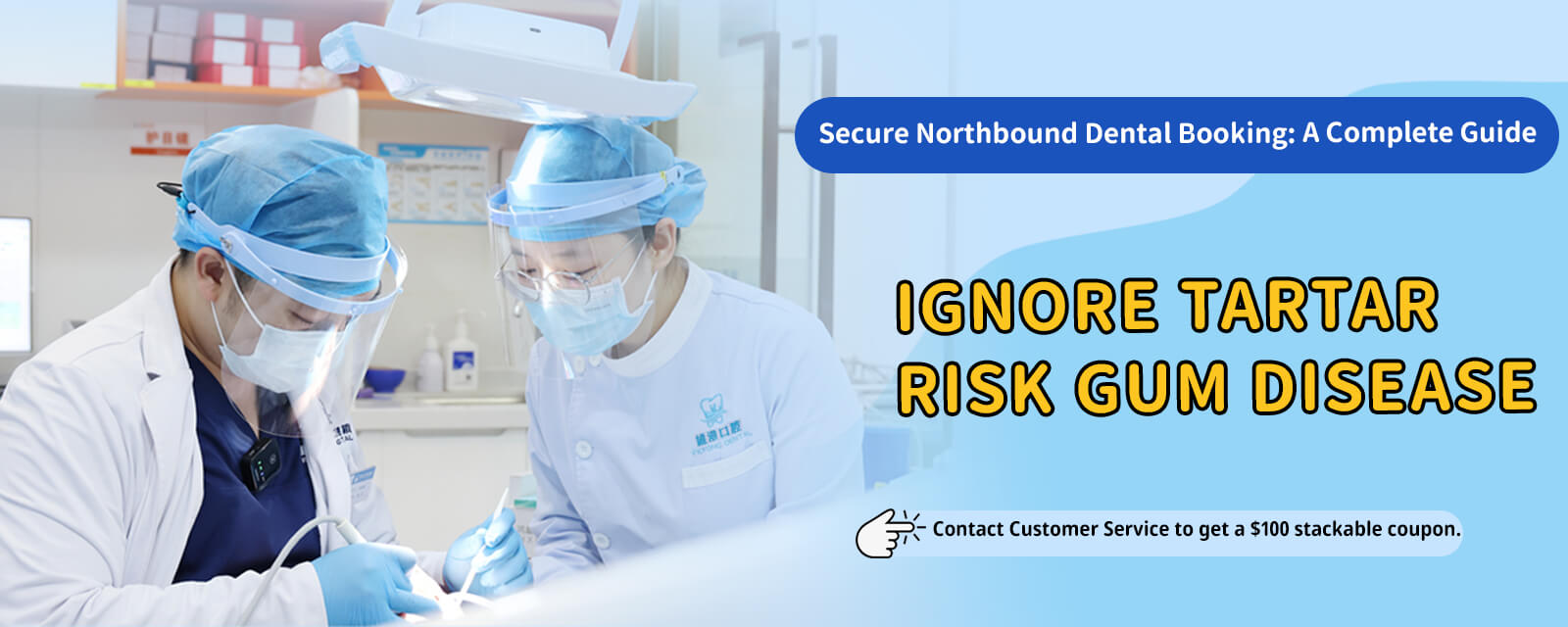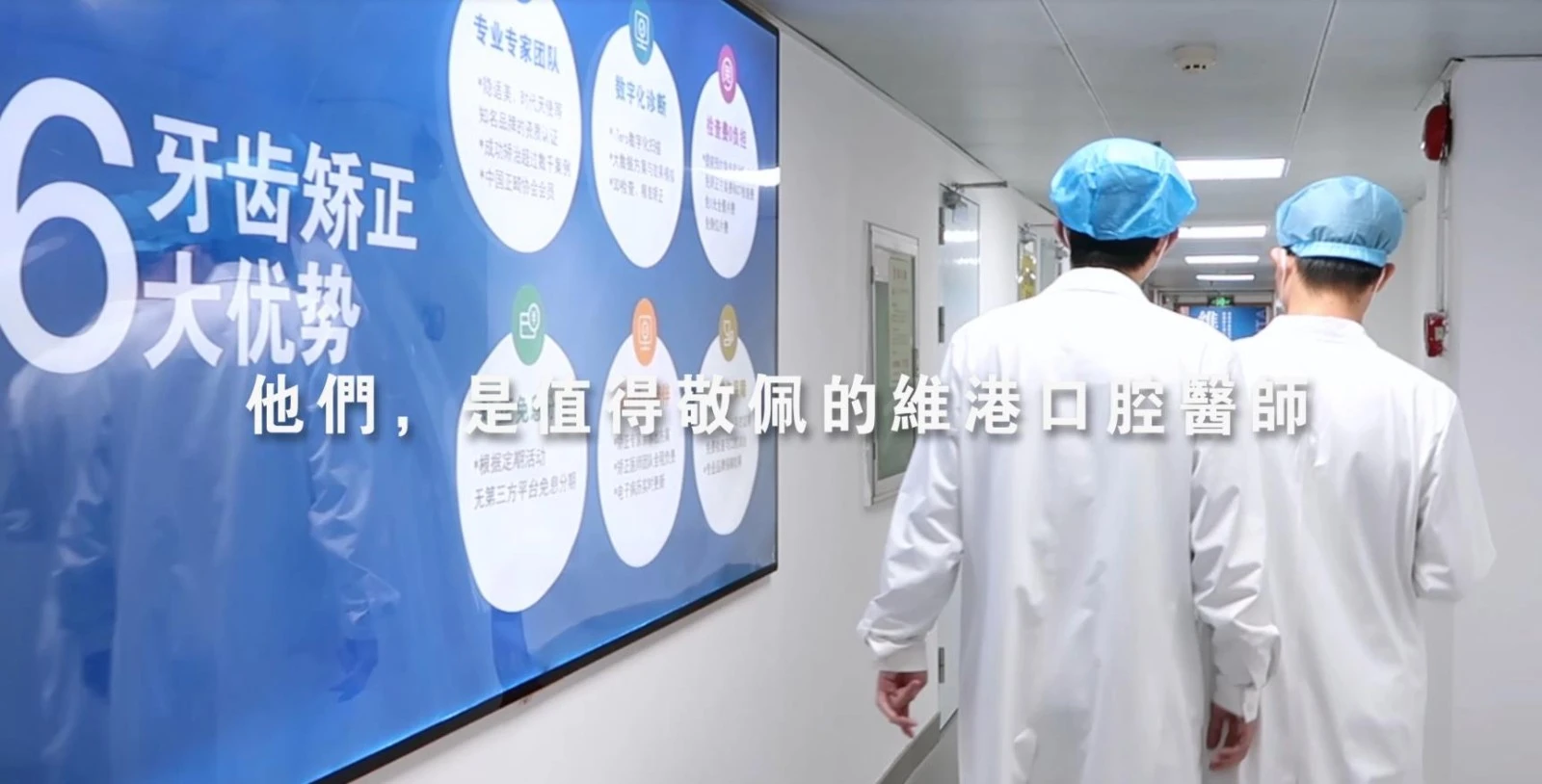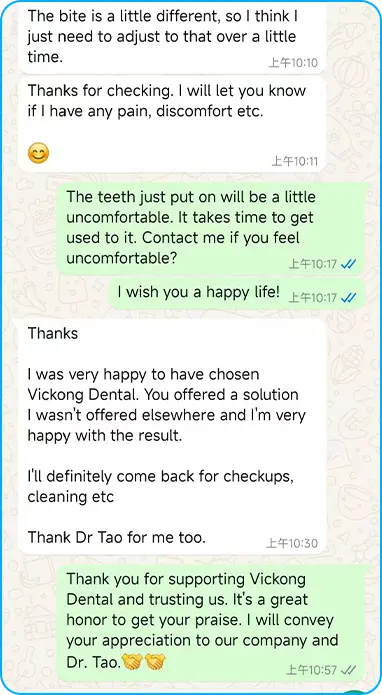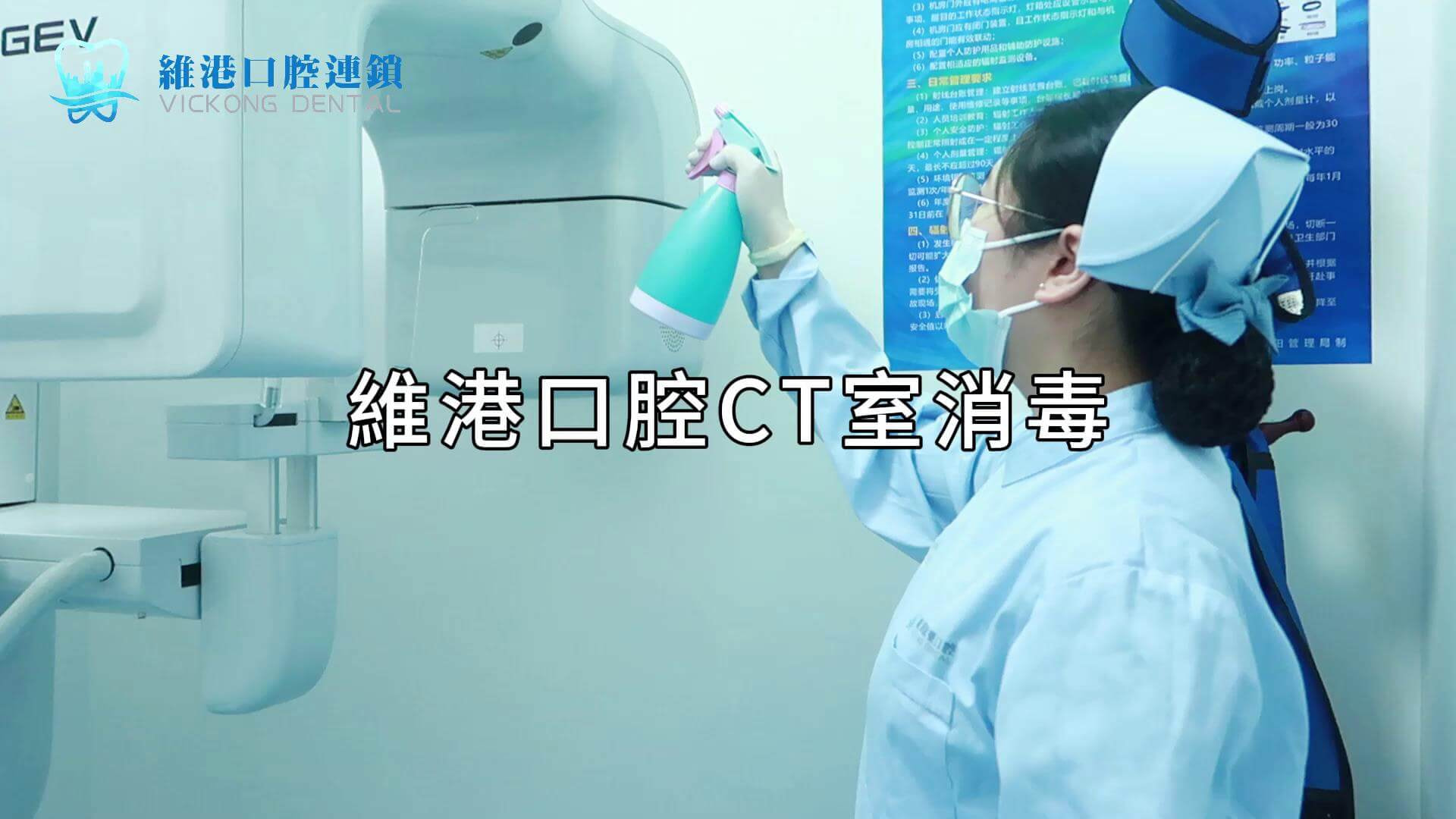**Why Are People Concerned About Minimally Invasive Dental Implants When Traveling North?**
In recent years, many Hong Kong residents have considered traveling north for dental treatment, and dental implants have become one of the most popular procedures. However, more and more patients are asking, "Can minimally invasive dental implants be done?" or "What are the benefits of minimally invasive treatment?" These questions reflect concerns about the treatment process, recovery speed, and safety.
**What Are Minimally Invasive Dental Implants?**
Traditional dental implant surgery typically requires a relatively large incision in the gums to insert the dental implant and then sew it up. Minimally invasive dental implants differ as the dentist uses a smaller incision or, in some cases, a tiny hole directly in the gums, guided by computer navigation or CT imaging to accurately position the implant. This approach minimizes trauma and impacts surrounding tissue less, theoretically speeding up recovery.
**Why Is There So Much Focus on Minimally Invasive Techniques?**
Many Hong Kong residents traveling north for dental implants hope to address missing teeth without significant risk or discomfort. Due to the smaller incision in minimally invasive surgery, operations are usually shorter, and post-operative swelling and discomfort might be reduced, offering patients peace of mind. Busy individuals prefer less disruption to work and daily activities, making minimally invasive techniques their topic of choice.
**Considerations for Traveling North**
While there are numerous options for dental implants in mainland China, not every clinic or dentist is suitable for minimally invasive procedures. Complex oral conditions, such as insufficient bone density, misalignment, or chronic health issues, may lead dentists to recommend traditional methods for greater stability. Therefore, when choosing a dentist, its crucial to consider what matters most to you and not choose solely based on the term "minimally invasive."
**Technological Foundations of Minimally Invasive Techniques**
Minimally invasive procedures dont rely solely on the dentists skills but also require various technologies, including 3D imaging, digital navigation, and real-time bone density assessment. Dental equipment in northern cities has been significantly upgraded recently, with some clinics even adopting full digital workflows, allowing for precision in implant positioning and enhancing the success rate of minimally invasive procedures. However, the prerequisite for effective technology is that the d

entist has sufficient experience and a comprehensive understanding of the patients health.
**Real Patient Experiences**
Those who have undergone minimally invasive dental implants in the north share that the procedure was more relaxed than expected, possibly due to effective anesthesia and smaller incisions, resulting in minimal post-operative swelling. Others mention feeling some discomfort during the initial days, especially while eating, hence emphasizing the importance of psychological preparation and post-operative care. Such experiences illustrate that minimally invasive procedures arent entirely painless but significantly reduce discomfort.
**Post-Operative Care and Recovery**
Regardless of whether the surgery is minimally invasive or traditional, post-operative care is crucial. Dentists usually advise avoiding hard foods, maintaining oral hygiene, and attending follow-up appointments. The advantage of minimally invasive procedures lies in easier wound cleaning, reducing infection risks. However, failure to follow care instructions may still lead to issues like implant loosening or gum inflammation. Thus, after dental surgery in the north, its advisable to plan for care upon returning to ensure smooth recovery.
**Transparency and Confidence Building**
Besides pain reduction, many Hong Kong people are concerned about minimally invasive techniques due to the desire for detailed treatment information and risk understanding. Northern clinics can enhance patient confidence by clearly explaining surgery processes, equipment usage, and relevant experience. In contrast, if information isnt transparent, patients may hesitate to try new technologies. Therefore, when choosing a dentist, consider not only their technical skills but also their willingness to answer questions thoroughly.
**Conclusion**
The popularity of traveling north for dental implants continues to grow, with minimally invasive procedures becoming a hot topic due to increased comfort, recovery speed, and safety demands. However, minimally invasive isnt a cure-all and might not suit every oral condition. The key is to fully communicate with your dentist, assess your needs, physical condition, and treatment goals, and make the most appropriate choice. This way, whether you travel north or stay in Hong Kong, you can comfortably achieve healthy and beautiful teeth.
If you need further assistance, I can help expand on SEO keywords related to "traveling north for dental implants," creating additional topic articles to make your website more easily indexed by Google and improve rankings.

























